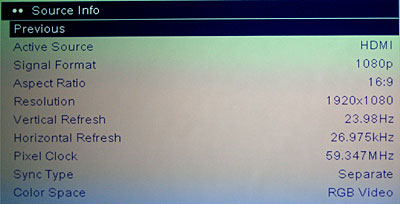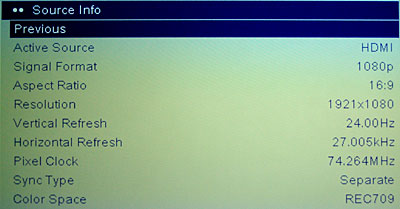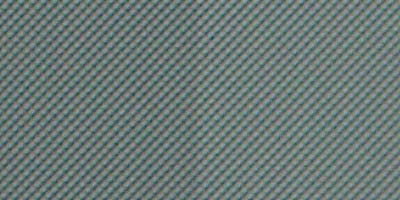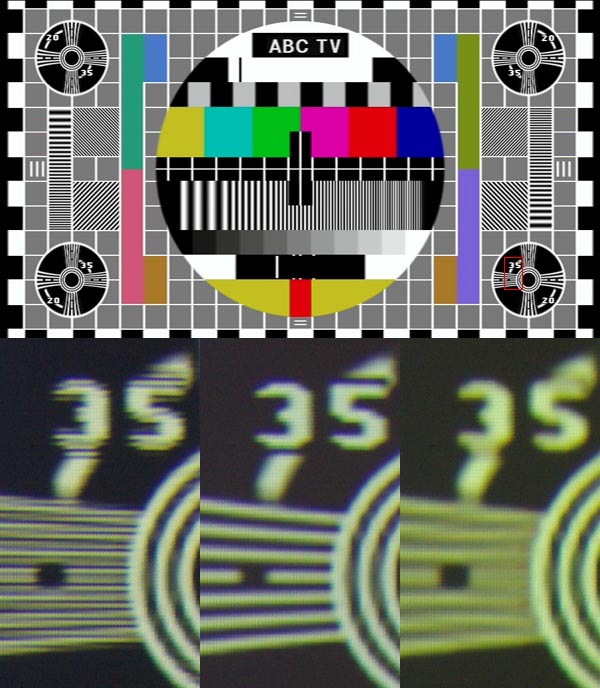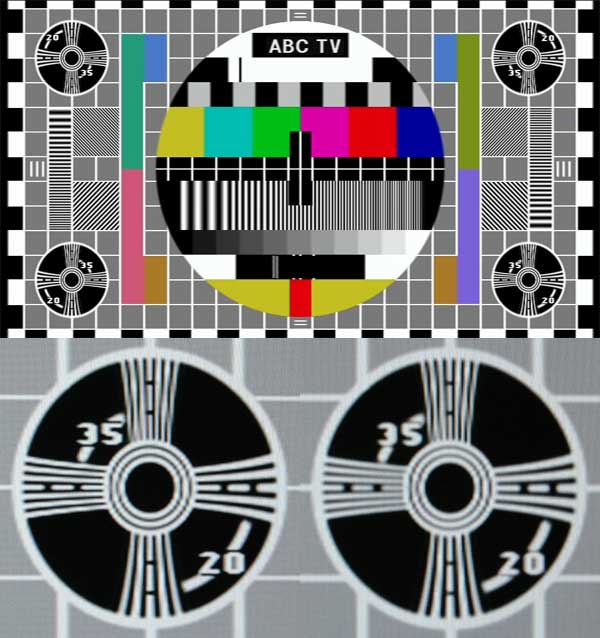Over at Smarthouse, David Richards seems to have set the cat loose amongst the pigeons over the issue of Hitachi advertising its TVs as ‘Full HD’. Richards argues that because these TVs accept only a 1080i signal, not a 1080p one, they are not full high definition.
He assembles a wide range of opinions uniformly in support of his case.
Unfortunately, things aren’t quite so simple. I should add that I have yet to review any of the subject TVs, so I cannot offer an opinion as to their capabilities. But I can say that 1080i can indeed to ‘Full HD’.
The issue is complicated by the use of the same term to describe two — actually, three or even four — different things. First, there is the signal. HD DVD and Blu-ray players can deliver all the usual output resolutions (480i, 576i, 480p, 576p, 720p and 1080i). Almost all of them also deliver 1080p. 1080p can, in turn, be delivered in six different forms (at 24 frames per second, 25fps, 48fps, 50fps, 60fps and 72fps). Of these, all current 1080p-capable Blu-ray and HD DVD players support 50 and 60fps, and some also support 24fps. That is really a story for another day. What’s important here is what the differences are between 1080i and 1080p, at whatever resolution. So let us just talk about Blu-ray and HD DVD, and them delivering their video at 1080i60 versus 1080p60.
The problem with the Hitachi TVs seems to be that they will not accept a 1080p signal, only a 1080i one.
The other common use of the term is to describe the ‘resolution’ of the display. I have for the last few years been using Full HD or True HD to refer to a panel resolution of 1,920 by 1,080 pixels, regardless of whether or not the display is capable of accepting 1080p signals. It appears that these Hitachi TVs do indeed meet my criterion for being Full HD.
But if the TV can’t accept a 1080p signal, doesn’t that mean that its picture quality is poorer?
Not on that basis alone. If the TV has been well designed, there are in fact some slight, occasional, losses by delivering the signal in 1080i format rather than 1080p, but there is also a gain. The gain is simple: the amount of data having to be transmitted is halved. HDMI cabling quality is less of a consideration with 1080i than it is with 1080p.
Now, with a 1080p signal and a 1080p panel things are straight forward. The HD player grabs the digital data from the disc, decompresses it, and then sends it down the HDMI cable in the form of 60 frames per second. Since most HD discs are film sourced, and films are shot at 24 frames per second, there is an uneven cadence. The first frame is sent twice, the next one three times, the third twice, the fourth three times and so on. The display’s job is simply to take each of these frames, pour each into its video memory and, when full, apply this to the display driver. Ideally, each pixel of the signal is displayed in its own allocated pixel on the panel. (In practice, some displays will not permit 1:1 pixel mapping, even with 1080p signals, and should be avoided.)
Things are quite different with a 1080i signal. The HD player takes each frame and breaks it up into two fields. One field consists of 540 horizontal rows of picture pixels: every second row of the full 1080 pixel height of the picture. The next field contains the rest. These are subject to 3:2 pulldown. This is a fairly complex procedure, and to understand this I refer you to my piece Progressive scan in PAL and NTSC. Refer particularly to the section ‘NTSC — where interlacing goes wrong’. The resolution in NTSC video is different (720 by 480 pixels, rather than 1,920 by 1,080), but the interlacing process is the same.
In short, a 1080i signal takes these frames and sends them in a decidedly weird, but regular, order to the display. Now here’s the rub: the display can, if it has good quality video processing circuitry, completely reconstitute the original 1080p signal!
For example, today I am using Marantz’s fine VP-15S1 home theatre projector. A truly wonderful unit this is. It incorporates Gennum VXP video processing. When I feed it a 1080i signal from HD DVD or Blu-ray, it is quite indistinguishable from when fed a 1080p signal. Or it has been so far with the tests I’ve got.
The one significant weakness of this projector is that you cannot ‘force’ it into film mode, so it could potentially misinterpret some film source material as being HD video sourced, and therefore apply a more complicated deinterlacing algorithm, reducing picture quality. It certainly does this from time to time with PAL DVDs delivered in 576i format, so I’d be surprised if it wouldn’t do the same thing with Blu-ray and HD DVD. It’s just that I have yet to identify suitable torture tests to allow me to closely examine this point.
I also use a DVDO iScan VP50PRO video processor. Amongst its many other virtues, this can also do the same trick, and can be forced into film mode, and so reconstitute a 1080i signal to a perfect 1080p one (and even deliver it at 24, 48 or 72 hertz if your display permits).
Once again, I don’t know what kind of video processing the Hitachi TVs have, so they may not be able to do this. But I won’t know that until I try it out.
In short, the ability of a Full HD display to accept a 1080p signal is not necessarily an indicator of quality (especially if it lacks 1:1 pixel mapping), but its inability does not necessary mean that it is incapable of displaying full HD pictures. It’s just that the progressive scan business happens inside it, instead of outside it.
How competently it does this is the decisive issue.
How can you tell? Read suitable technical reviews that drill down into actual performance issues. If in doubt, purchase a 1080p display. The chances are higher that it will do a good job. After all, these days there’s not good reason why a display wouldn’t accept a 1080p signal other than penny pinching.
UPDATE (Wednesday, 14 November 2007, 11:19 am): Last night a pleasant fellow by the name of Jacob Campbell emailed me about this matter. He points out that the TV in question, the Hitachi P50X01 will indeed accept 1080p signals. So my discussion above is pretty much irrelevant to the current controversy.
When I wrote this item, I didn’t know which TV the matter related to, nor did I particularly care. I was more interested in the general 1080i/p issue. The level of confusion about this seems immense.
For example, I drew the attention of Smarthouse (the online site that has launched the accusations against Hitachi) to this comment and received a call requesting permission to republish this piece. I declined (I write for too many competing publications), but indicated that fair quoting was acceptable. A few hours later a report on my discussion appeared at Smarthouse and, as far as I could tell, quoted this entire piece, but simply broke it up into sections with a little editorial comment wrapped around it. I was also given a byline as a coauthor. I objected, and within the hour half the piece had been dropped and my name removed from the byline. I mention this in case any readers saw the report with my byline.
What was interesting about this incident was not all that stuff, but the fact that Smarthouse apparently felt it relevant to use this discussion. The TV does accept 1080p singals, including 1080p24. So my discussion adds nothing to the debate. Which begs the question of how much Smarthouse knows about this particular issue.
Had I been writing specifically about this TV, I would have learned about the TV and offered a relevant opinion. As I do in the post above.

 But now I’m rapidly going off Blu-ray, and leaning towards HD DVD. For two reasons. First, the other day I purchased four Blu-ray discs from Amazon. They were
But now I’m rapidly going off Blu-ray, and leaning towards HD DVD. For two reasons. First, the other day I purchased four Blu-ray discs from Amazon. They were  From time to time I mention moire as an artefact of video systems, often due to poor deinterlacing of progressive scan material. See for example
From time to time I mention moire as an artefact of video systems, often due to poor deinterlacing of progressive scan material. See for example 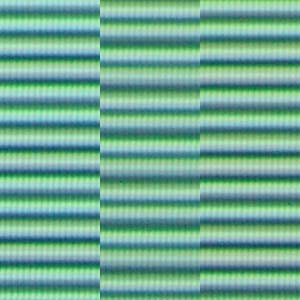 Your home entertainment display probably has a fixed physical resolution due to the pixel structure of its LCD, DLP or LCoS panel(s). Many modern DVD players and HD set top boxes can output the video with a vertical resolution of 480 or 576 or 720 or 1080 pixels. In most cases the vertical resolution of your display will not be the same as the original vertical resolution of the video signal.
Your home entertainment display probably has a fixed physical resolution due to the pixel structure of its LCD, DLP or LCoS panel(s). Many modern DVD players and HD set top boxes can output the video with a vertical resolution of 480 or 576 or 720 or 1080 pixels. In most cases the vertical resolution of your display will not be the same as the original vertical resolution of the video signal.